Home>Gardening & Outdoor>Landscaping Ideas>How To Find Out What Kind Of Grass You Have
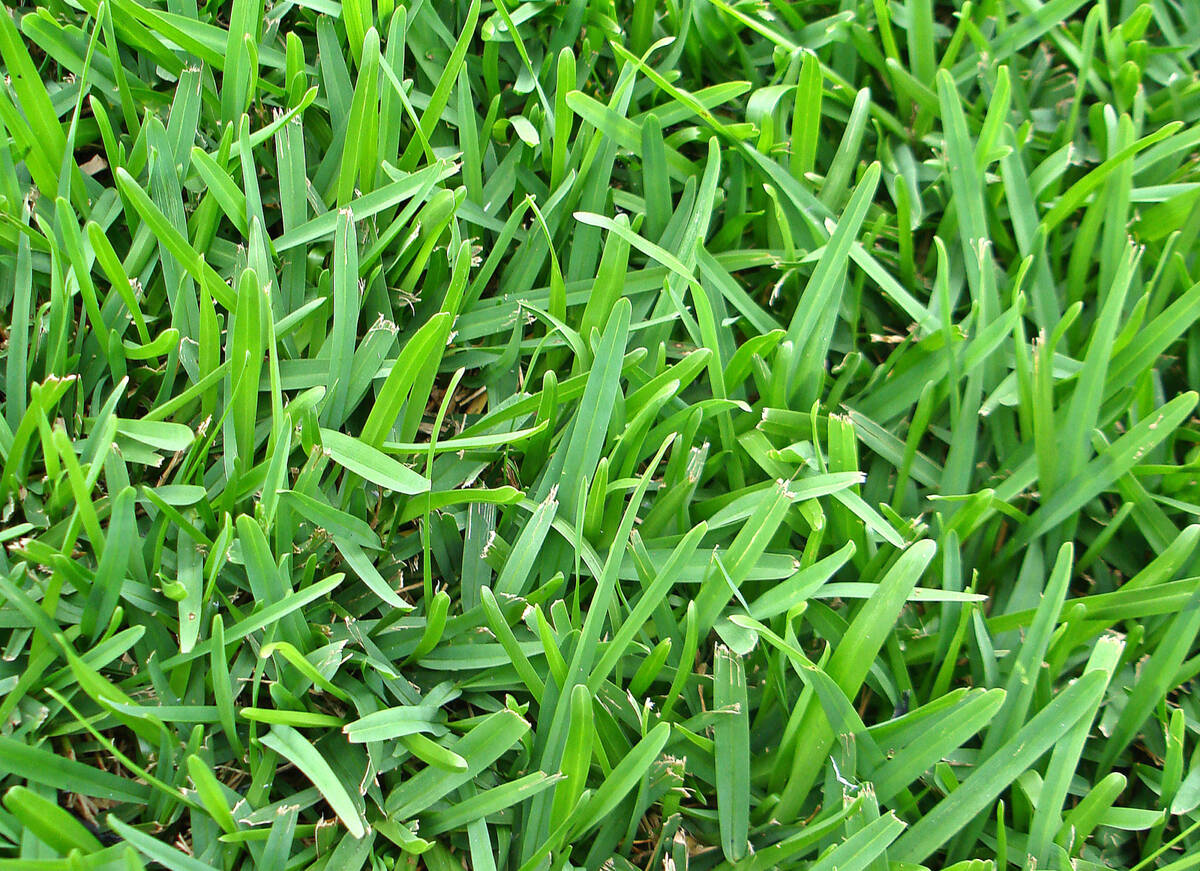

Landscaping Ideas
How To Find Out What Kind Of Grass You Have
Modified: February 18, 2024
Discover the best landscaping ideas with our guide on how to identify the type of grass in your lawn. Learn how to achieve a lush, green yard with the right grass species.
(Many of the links in this article redirect to a specific reviewed product. Your purchase of these products through affiliate links helps to generate commission for Storables.com, at no extra cost. Learn more)
**
Introduction
**
When it comes to maintaining a lush and healthy lawn, knowing the type of grass you have is essential. Understanding the specific species of grass in your lawn enables you to tailor your lawn care practices to its unique needs, ensuring optimal growth and vitality. Whether you're a new homeowner, a gardening enthusiast, or simply curious about the green carpet under your feet, identifying your grass can be a rewarding and enlightening experience.
In this comprehensive guide, we will explore various methods for identifying the type of grass in your lawn. From visual cues and online resources to professional assistance, we will equip you with the knowledge and tools necessary to unravel the mystery of your grass. By the end of this journey, you will be empowered to make informed decisions regarding lawn care, watering, mowing, and overall maintenance, ultimately leading to a more resilient and picturesque lawn.
Let's embark on this grassy adventure and unlock the secrets hidden within your lawn's verdant blades.
**
Key Takeaways:
- Identifying your grass type is crucial for personalized lawn care, leading to a vibrant and resilient lawn. Visual cues, online resources, and professional assistance can help unravel the mystery of your grass.
- Grass identification empowers you to make informed decisions for seeding, fertilization, and maintenance, creating a tailored care regimen for optimal growth and vitality. Embrace the journey with curiosity and enthusiasm!
Read more: How To Find Out What Type Of Grass You Have
Why Identify Your Grass?
**
Understanding the type of grass in your lawn serves as the foundation for tailored lawn care practices. Each grass species has distinct characteristics, such as growth patterns, water requirements, and resistance to pests and diseases. By identifying your grass, you can customize your lawn care regimen to promote its health and resilience, leading to a vibrant and thriving lawn.
Moreover, the knowledge of your grass type empowers you to make informed decisions regarding seeding, fertilization, and weed control. For instance, cool-season grasses, such as Kentucky bluegrass and fescue, thrive in cooler climates and require different care compared to warm-season varieties like Bermuda grass and Zoysia grass, which flourish in warmer regions. By recognizing the specific needs of your grass, you can optimize its growth and minimize potential issues.
Furthermore, identifying your grass allows you to gauge its tolerance to foot traffic, shade, and environmental stressors. This insight is invaluable when planning landscaping projects, determining suitable recreational areas, or selecting the right grass for future lawn installations. Whether you aim to create a play area for children or establish a verdant oasis in shaded areas, knowing your grass type is the first step toward achieving your landscaping aspirations.
Additionally, understanding the characteristics of your grass can aid in early detection of issues such as nutrient deficiencies, fungal diseases, or invasive species encroachment. By familiarizing yourself with the typical appearance and behavior of your grass, you can promptly address any deviations from its healthy state, preserving the beauty and vitality of your lawn.
Ultimately, identifying your grass is not merely an act of botanical curiosity; it is a strategic endeavor that empowers you to nurture a resilient, visually appealing, and thriving lawn. With this understanding in mind, let's delve into the various methods for identifying the type of grass in your lawn.
Visual Identification
Embarking on the journey to visually identify your grass can be an engaging and enlightening experience. By closely observing the color, texture, and growth habits of your grass, you can unravel its botanical identity with a keen eye and a touch of curiosity.
Color and Texture:
Begin your exploration by examining the color and texture of the grass blades. Cool-season grasses, such as Kentucky bluegrass and fescue, often boast a vibrant green hue and fine blades that create a lush and velvety appearance. In contrast, warm-season varieties like Bermuda grass and Zoysia grass exhibit a coarser texture and may showcase a deeper green or bluish-green coloration. By noting these visual cues, you can narrow down the potential species of your grass.
Growth Patterns:
Observe the growth patterns of your grass, paying attention to its density, spreading habits, and overall form. For instance, creeping grasses like St. Augustine grass and Centipede grass tend to propagate through above-ground stolons or below-ground rhizomes, creating a dense and carpet-like coverage. In contrast, bunch-type grasses, including tall fescue and ryegrass, form distinct tufts or clumps, imparting a different visual impression. By discerning these growth patterns, you can gain valuable insights into the nature of your grass.
Seed Head and Flowering Structures:
During the flowering season, take note of any seed heads or flowering structures that emerge from your grass. The appearance and arrangement of these reproductive features can provide crucial clues for identifying your grass species. For example, the distinctive seed heads of Bahia grass and the intricate flowering spikes of seashore paspalum offer unmistakable markers for discerning their respective identities.
Environmental Adaptations:
Consider the environmental adaptations of your grass, such as its tolerance to shade, drought, or foot traffic. Shade-tolerant species like fine fescue and certain types of ryegrass exhibit characteristics suited for low-light conditions, while drought-resistant grasses like Buffalo grass and Zoysia grass showcase remarkable resilience in arid environments. By recognizing these adaptive traits, you can further narrow down the possibilities and refine your visual identification process.
By immersing yourself in the visual intricacies of your grass, you can embark on a captivating journey of discovery, unlocking the botanical secrets that lie beneath the surface. This hands-on approach not only fosters a deeper connection with your lawn but also equips you with valuable knowledge for personalized lawn care practices.
Tip: To identify your grass type, look at the shape and texture of the blades, as well as the color and growth pattern. You can also consult a local gardening center or extension office for help.
Online Resources
As the digital landscape continues to expand, a myriad of online resources are at your disposal, offering valuable tools and information to aid in the identification of your grass. Leveraging these digital platforms can streamline the identification process and provide access to a wealth of botanical expertise, enabling you to unravel the green tapestry of your lawn with confidence.
Interactive Identification Tools:
Several reputable websites and mobile applications offer interactive tools designed to assist users in identifying various plant species, including grasses. These user-friendly interfaces often feature step-by-step identification processes, allowing you to input specific characteristics of your grass, such as blade shape, growth habit, and environmental preferences. The system then generates potential matches, guiding you toward narrowing down the identity of your grass with ease.
Botanical Databases and Guides:
Explore online botanical databases and guides that specialize in grass species, providing detailed descriptions, images, and distribution maps for different varieties. These comprehensive resources offer a wealth of botanical knowledge, allowing you to compare the features of your grass with visual references and informative descriptions. By immersing yourself in these digital repositories, you can gain a deeper understanding of the diverse world of grass species and refine your quest for identification.
Community Forums and Expert Advice:
Engage with gardening and landscaping communities through online forums and social media platforms, where enthusiasts and experts congregate to share insights and offer guidance. Participating in these digital conversations enables you to seek advice, share photographs of your grass for identification assistance, and benefit from the collective wisdom of experienced gardeners and horticultural professionals. The collaborative nature of these online communities fosters a supportive environment for delving into the intricacies of grass identification.
Educational Videos and Tutorials:
Delve into educational videos and tutorials created by botanical experts and gardening enthusiasts, which offer visual demonstrations and in-depth explanations of grass identification techniques. These multimedia resources can enhance your learning experience, providing practical demonstrations of key identification features and empowering you with the knowledge to discern the nuances of different grass species. By immersing yourself in these digital learning opportunities, you can refine your observational skills and embark on a visually enriching journey of grass identification.
By harnessing the power of online resources, you can augment your grass identification endeavors with a wealth of digital tools and expert insights, transforming your quest into an engaging and enlightening digital exploration.
Professional Assistance
While embarking on the journey of identifying your grass can be a rewarding and enlightening experience, there are instances where seeking professional assistance can provide invaluable support in unraveling the botanical identity of your lawn’s verdant carpet. Horticultural experts, extension services, and landscaping professionals possess a wealth of knowledge and experience, offering specialized assistance to guide you through the process of grass identification with precision and expertise.
Local Extension Services:
Tap into the resources provided by local agricultural extension services, which often offer diagnostic assistance for homeowners and gardeners. These services may include plant identification clinics, where you can submit samples of your grass for expert analysis and receive tailored recommendations based on the findings. By leveraging the expertise of extension professionals, you can benefit from localized insights and specialized guidance specific to your region’s grass species.
Horticultural Consultants:
Consult with horticultural professionals and consultants who specialize in turfgrass management and botanical identification. These experts possess in-depth knowledge of grass species and can offer on-site assessments of your lawn, utilizing their expertise to discern the unique characteristics of your grass. Through their keen observations and botanical acumen, they can provide precise identification and personalized recommendations for optimal lawn care practices.
Landscaping Professionals:
Engage with landscaping professionals and lawn care service providers who offer grass identification as part of their comprehensive services. These professionals are well-versed in the nuances of various grass species and can leverage their expertise to identify the specific type of grass in your lawn. Additionally, they can offer tailored maintenance plans and recommendations based on the identified grass species, ensuring that your lawn receives the care it needs to thrive.
Botanical Gardens and Arboreta:
Explore botanical gardens and arboreta in your area, where knowledgeable staff and horticultural experts can provide guidance on grass identification. These living collections of plants often showcase a diverse array of grass species, offering a visually immersive environment for comparing and contrasting the features of different grass varieties. Engaging with the staff and volunteers at these botanical havens can enrich your understanding of grass diversity and aid in the identification process.
By enlisting the support of horticultural professionals and leveraging their expertise, you can navigate the intricate world of grass identification with confidence and precision, ultimately unraveling the botanical tapestry of your lawn with expert guidance.
Read more: What Kind Of Grass To Have In Georgia
Conclusion
Embarking on the journey to identify the type of grass in your lawn is a captivating and enlightening endeavor that empowers you to cultivate a thriving and visually stunning landscape. By harnessing a combination of visual observation, online resources, and professional assistance, you can unravel the botanical mysteries concealed within the verdant blades beneath your feet. This journey of discovery not only enhances your understanding of your lawn’s unique characteristics but also equips you with the knowledge to tailor your lawn care practices for optimal growth and vitality.
Understanding the specific species of grass in your lawn enables you to make informed decisions regarding seeding, fertilization, weed control, and maintenance, fostering a resilient and picturesque lawn. By recognizing the adaptive traits, growth habits, and environmental preferences of your grass, you can create a tailored care regimen that promotes its health and beauty, transforming your lawn into a verdant oasis for relaxation and recreation.
Moreover, the process of grass identification fosters a deeper connection with your landscape, allowing you to appreciate the botanical diversity and natural intricacies that contribute to the allure of your lawn. Whether you are a gardening enthusiast, a homeowner seeking to enhance curb appeal, or a nature lover intrigued by the wonders of grass diversity, the journey of grass identification offers a fulfilling and enriching experience.
As you continue to delve into the world of grass identification, remember that each observation, digital exploration, and professional interaction brings you closer to unraveling the botanical tapestry of your lawn. Embrace the journey with curiosity and enthusiasm, knowing that every discovery enhances your ability to nurture a vibrant and resilient lawn that stands as a testament to your horticultural stewardship.
May your quest for grass identification be a source of inspiration and discovery, enriching your connection with nature and fostering a landscape that flourishes with vitality and beauty.
Frequently Asked Questions about How To Find Out What Kind Of Grass You Have
Was this page helpful?
At Storables.com, we guarantee accurate and reliable information. Our content, validated by Expert Board Contributors, is crafted following stringent Editorial Policies. We're committed to providing you with well-researched, expert-backed insights for all your informational needs.

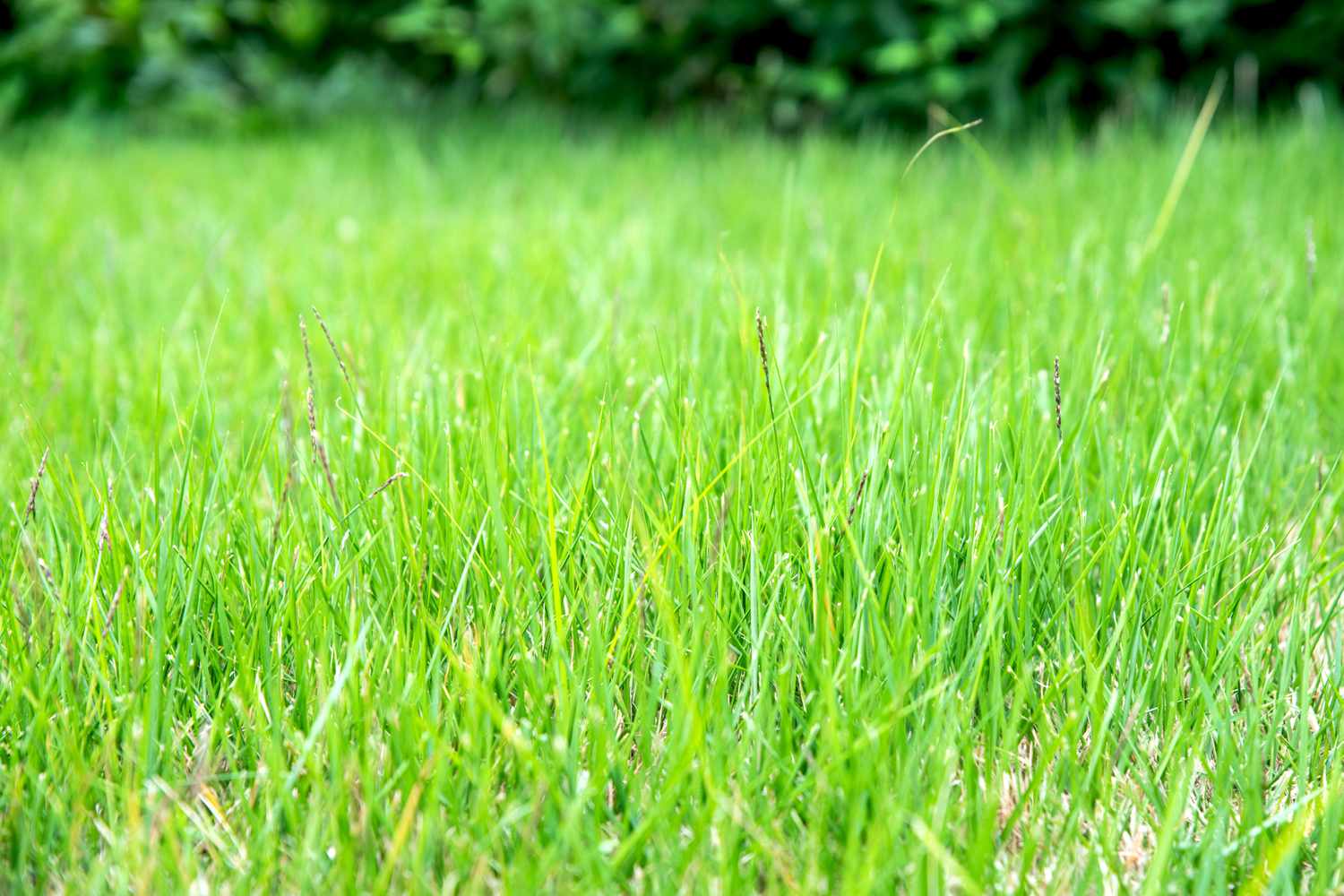
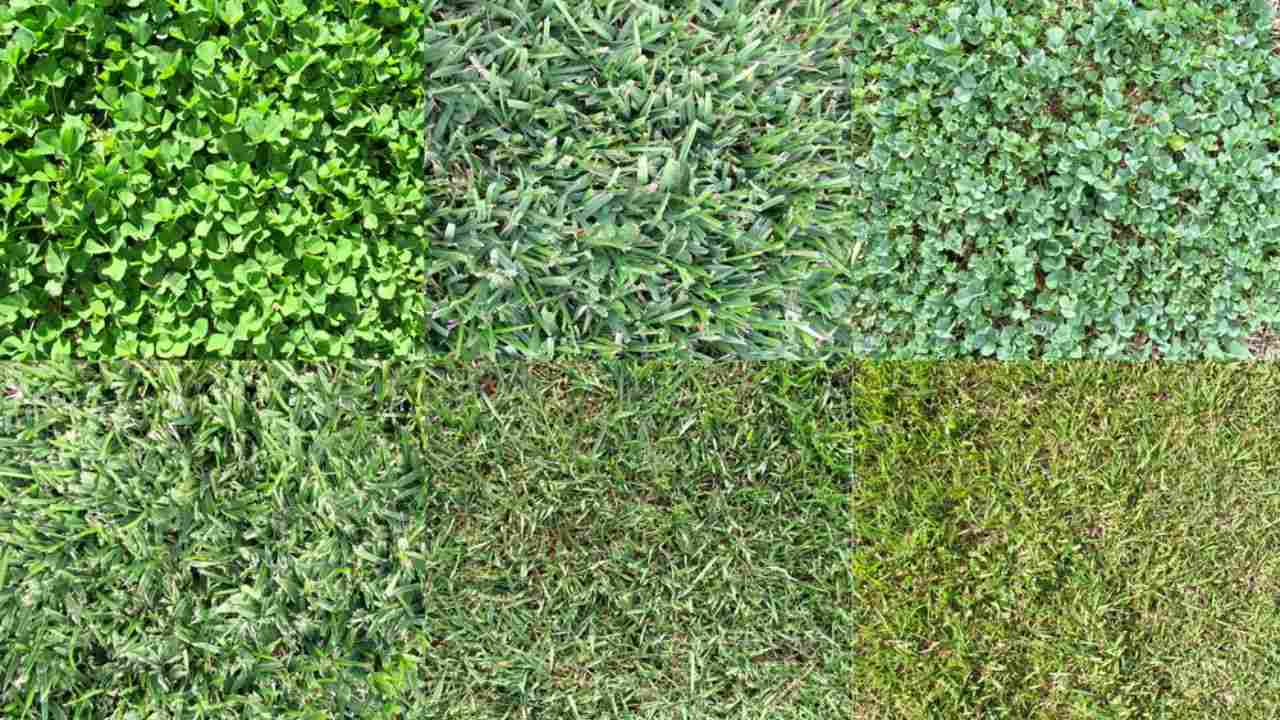
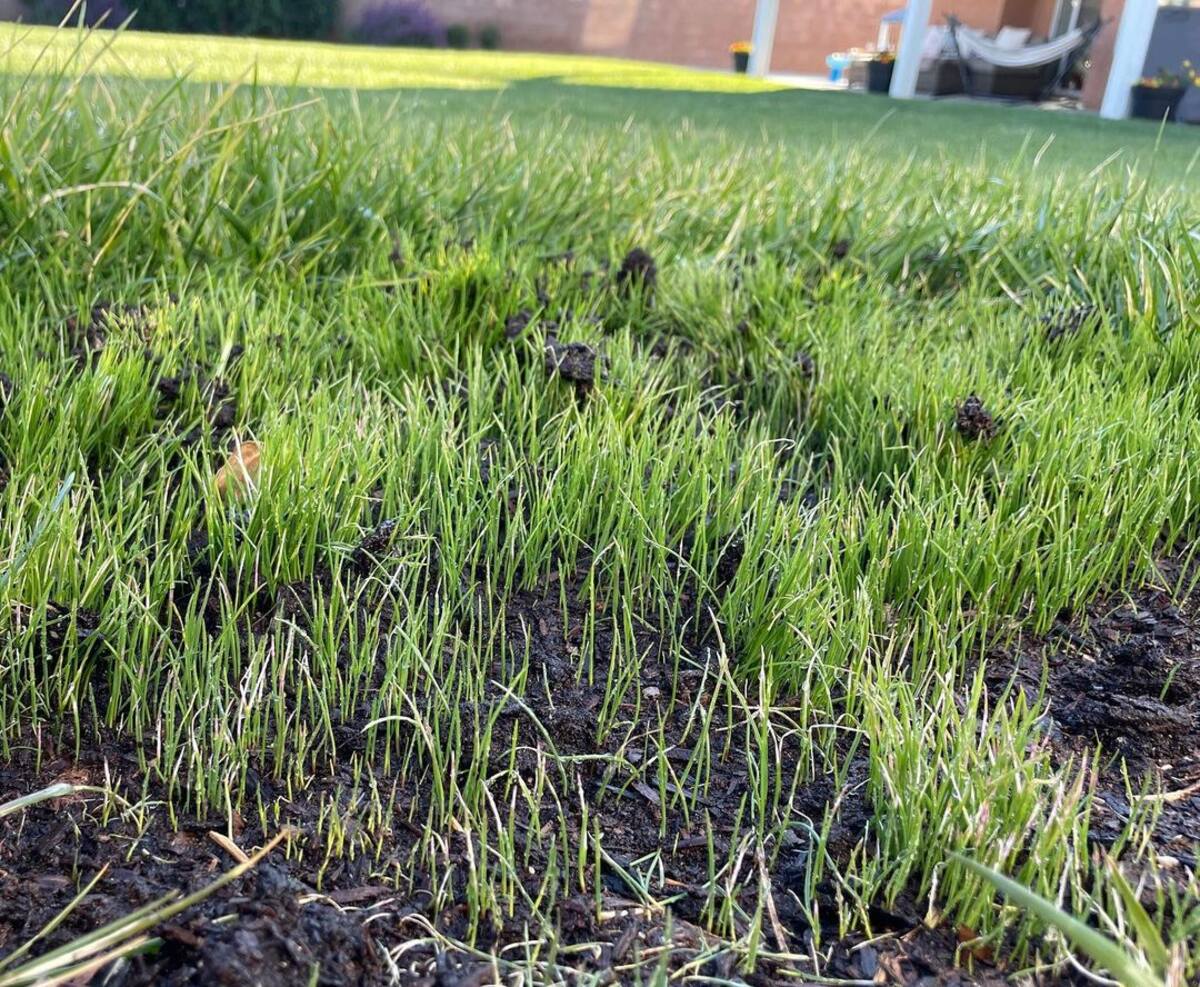




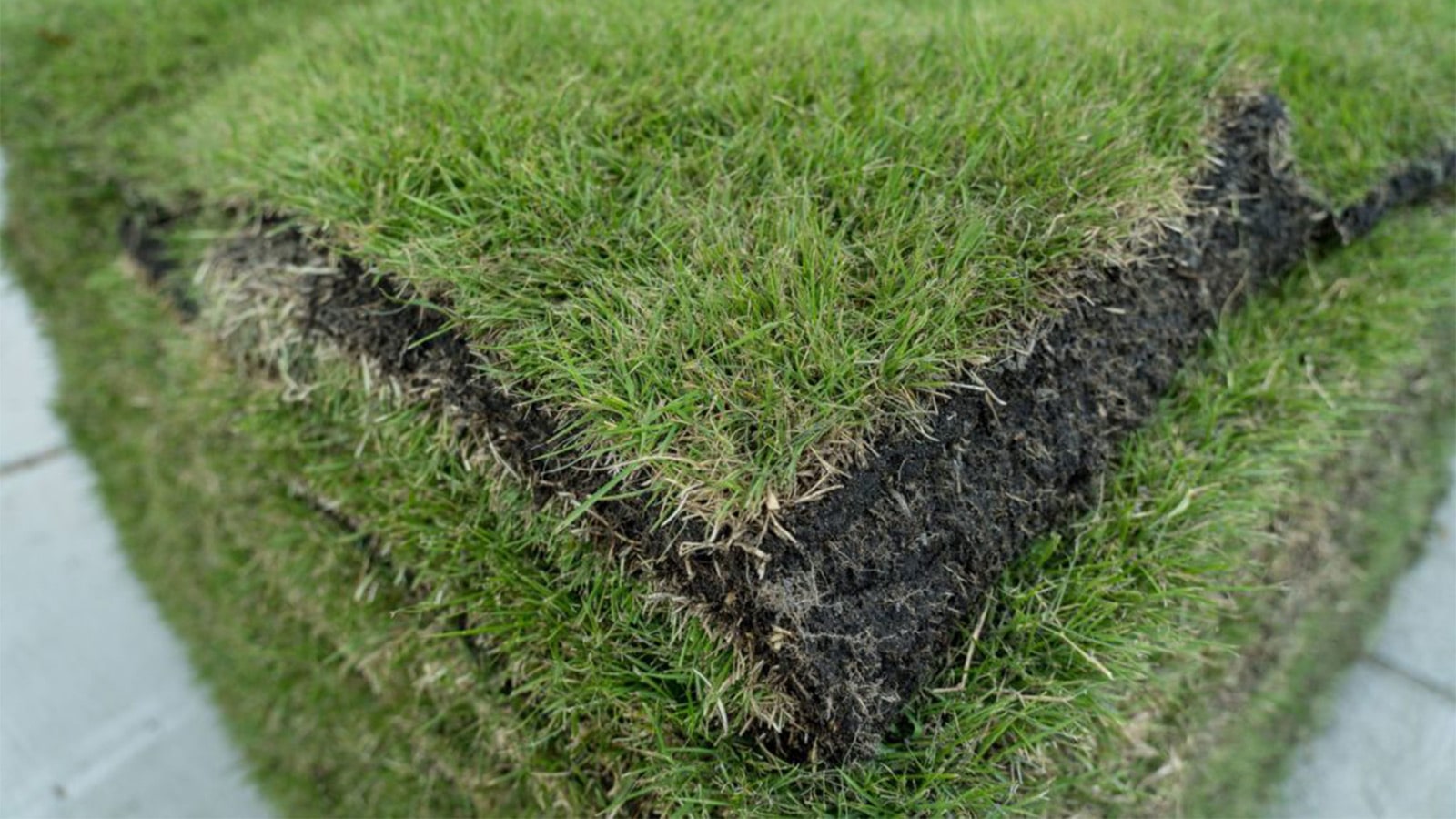




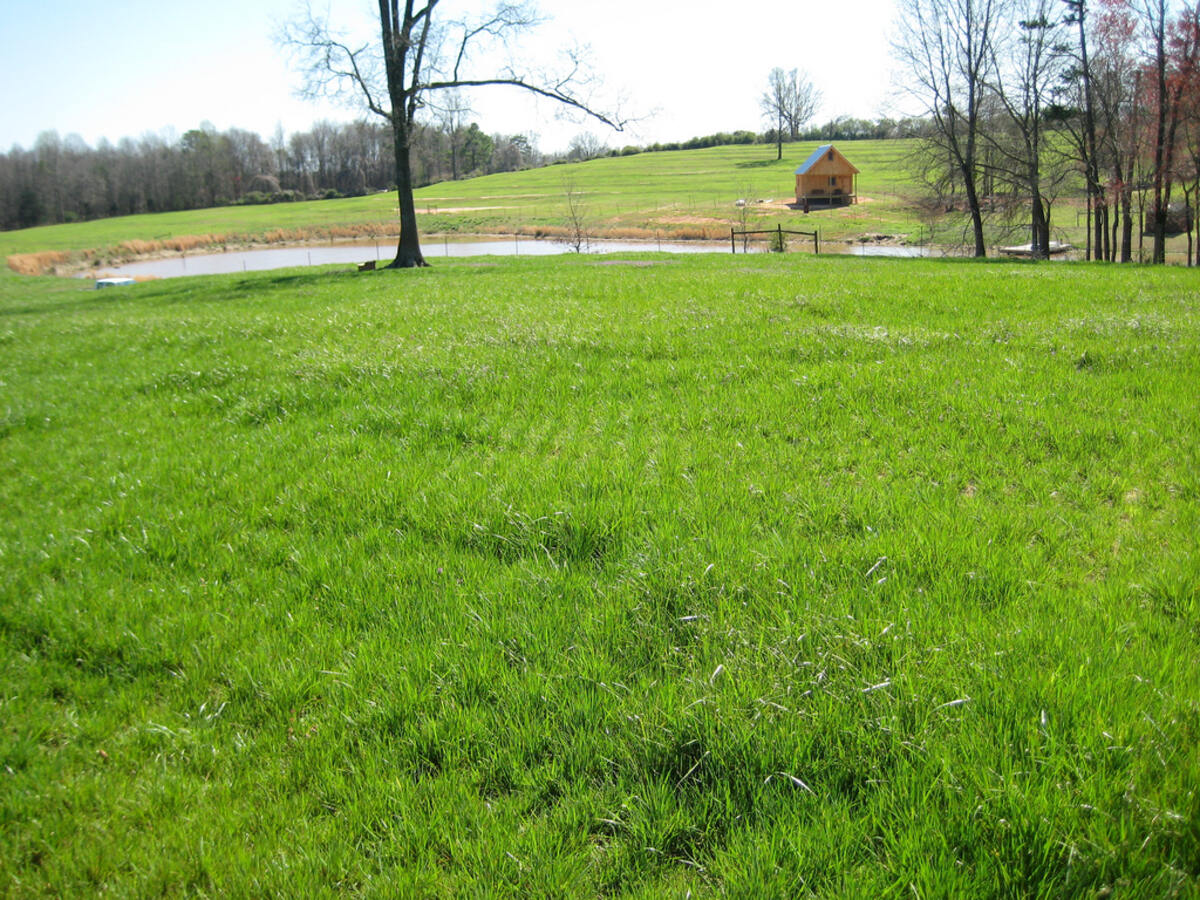

0 thoughts on “How To Find Out What Kind Of Grass You Have”